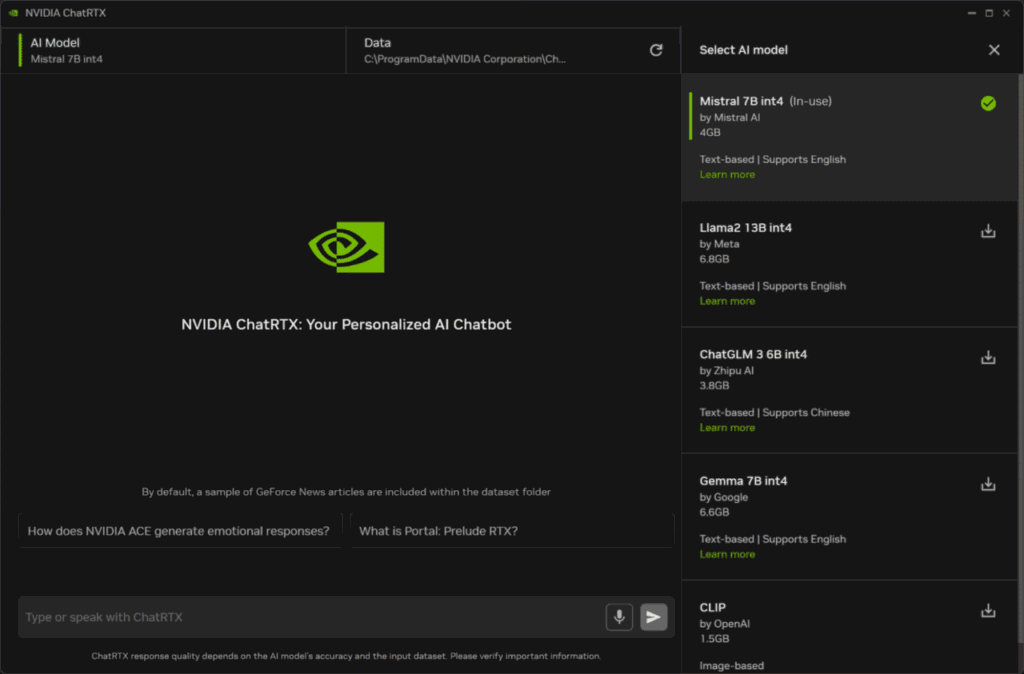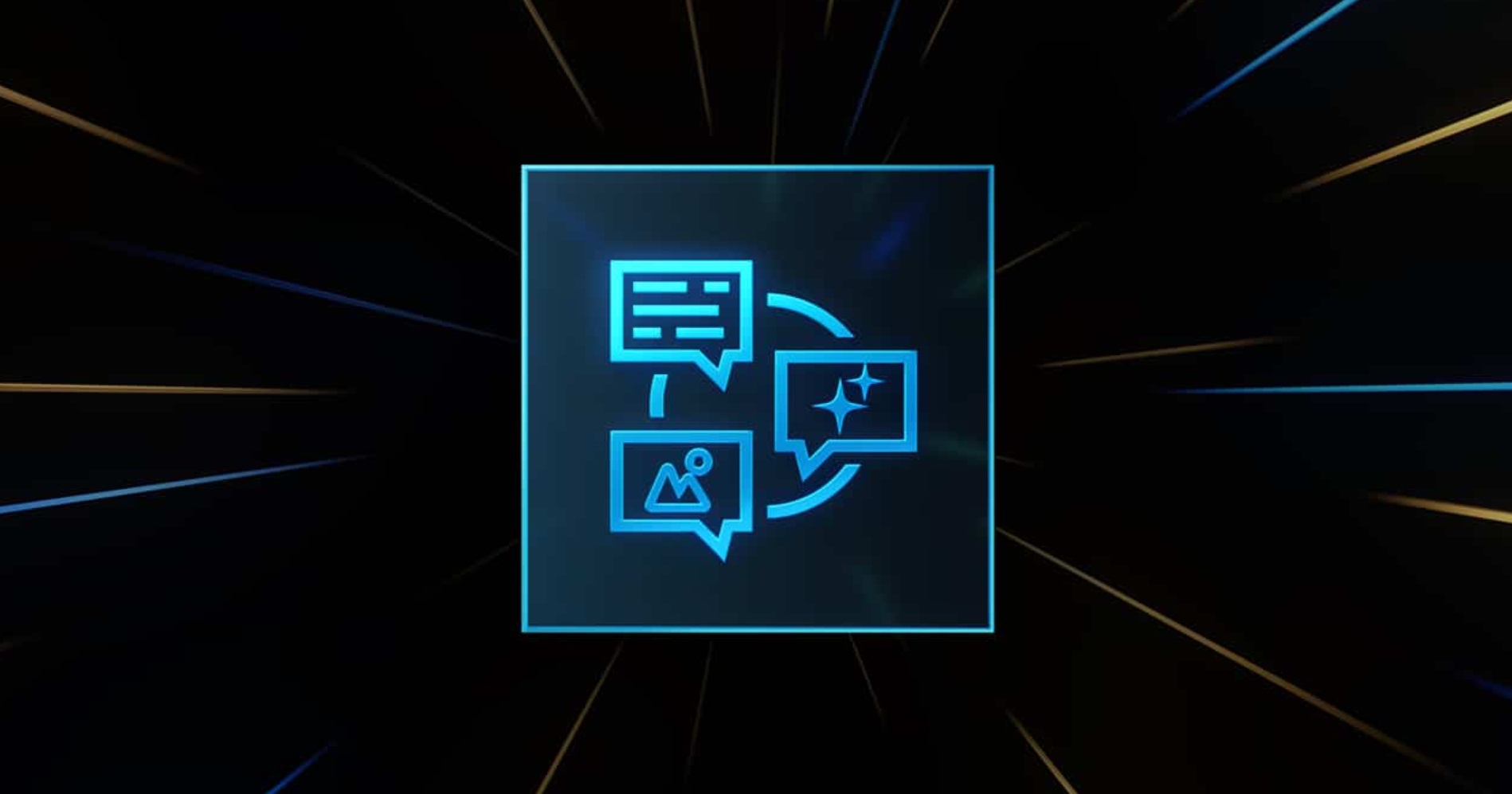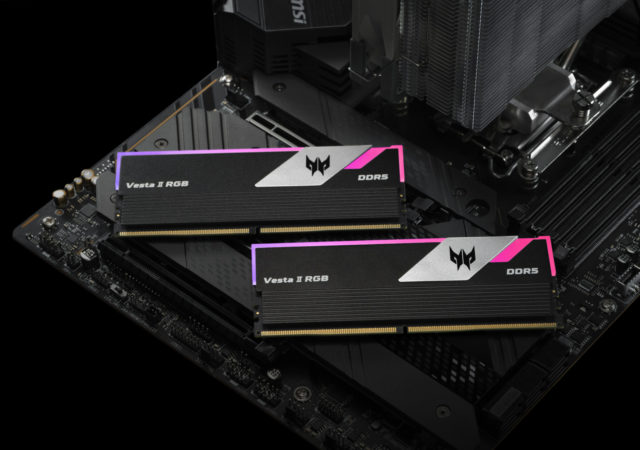Last week, NVIDIA’s SIGGRAPH 2024, which focused on AI and graphics-related technology, concluded with some significant revelations. Here’s a quick rundown of the key announcements.
 Many of you might be familiar with the NVIDIA ACE demo, where you play as a detective interacting with hotel staff and NPCs that respond to you in real time using natural language processing. The latest version unveiled at SIGGRAPH 2024 is different, targeting professional real-world applications.
Many of you might be familiar with the NVIDIA ACE demo, where you play as a detective interacting with hotel staff and NPCs that respond to you in real time using natural language processing. The latest version unveiled at SIGGRAPH 2024 is different, targeting professional real-world applications.
Meet “James,” an interactive digital human built on NVIDIA NIM microservices. James can be integrated into various sectors for on-demand customer interactions, using an AI-driven backbone and software. Currently designed for customer service or as a virtual assistant, James provides contextually appropriate responses and can be fine-tuned to display different emotions and humor.
James is in the final phase of preparation, and once ready, you can check him out here.
In addition to James, the NVIDIA Maxine AI platform for telepresence, including Maxine 3D and Audio2Face-2D, was showcased. Partnered companies announced various technology cross-adoptions to help developers create more engaging and natural interactions for digital interfaces across industries.
NVIDIA’s GeForce RTX and pro-class RTX GPUs are renowned for video acceleration, producing ultra-high-definition files rapidly. Wondershare Filmora and DaVinci Resolve will now activate the RTX Video HDR feature.
Using powerful AI algorithms, users can easily convert SDR content to HDR with richer colors and greater detail in light and dark scenes, enhancing video quality. Combining this with RTX Video Super Resolution removes encoding artifacts and enhances overall detail.
You can learn more about this through Filmora’s official announcement.
3D Artists get more AI tools
New tools for 3D modeling in various applications, including Replikant, Adobe, Topaz, and Getty Images, were revealed:
- Replikant – Integration of NVIDIA Audio2Face; available on Steam, this AI-assisted 3D animation platform now features real-time visuals enhanced by RTX and NVIDIA DLSS.
- Adobe Substance 3D – New generative AI features for Substance Modeler; Firefly integrated into Substance 3D Sampler + Stager.
- Topaz AI – NVIDIA TensorRT acceleration added for significant rendering speed improvements; scalable according to GPU count.
- Getty Images – Enhanced image generation and quality via Generative AI by iStock; improved Text-2Image and Image-2Image functionalities thanks to NVIDIA Edify.
 The initial release of ChatRTX was somewhat clunky and less powerful compared to competitors like OpenAI and Google. However, it has returned with a cleaner, more polished UI, serving various publicly available LLMs and demonstrating RTX-accelerated Retrieval-Augmented Applications (RAG).
The initial release of ChatRTX was somewhat clunky and less powerful compared to competitors like OpenAI and Google. However, it has returned with a cleaner, more polished UI, serving various publicly available LLMs and demonstrating RTX-accelerated Retrieval-Augmented Applications (RAG).
The latest version uses the Electron + Material UI framework, allowing developers to add UI elements or extend functionality. The new architecture simplifies integrating different UIs and streamlines building new chat and RAG applications on top of the ChatRTX backend API.
End users can download the new version here or through GitHub.
HP and Dell demo new AI solution
Dell and HP demonstrated several AI initiatives, showcasing how enterprise clients can utilize NVIDIA’s AI software and solutions.
- Dell – Demonstrated AI development acceleration through an optimized RAG chatbot using NVIDIA AI Workbench and an NVIDIA NIM microservice for Llama 3, interacting with enterprise data embedded in a local vector database. Inference methods are flexible, running locally on a Hugging Face TGI server, in the cloud using NVIDIA inference endpoints, or on self-hosted NVIDIA NIM microservices.
- HP – Presented Z by HP AI Studio for data science topics with the latest NVIDIA CUDA-X libraries and HP’s partnership with Galileo, a generative AI trust-layer company. The platform offers faster project deployment, easy collaboration, and seamless switching between online and offline modes, enhancing productivity and streamlining AI development.
Stable Diffusion 3.0 is now 60% faster via TensorRT, and the NIM microservice for Stable Diffusion 3 is available for preview at ai.nvidia.com.






